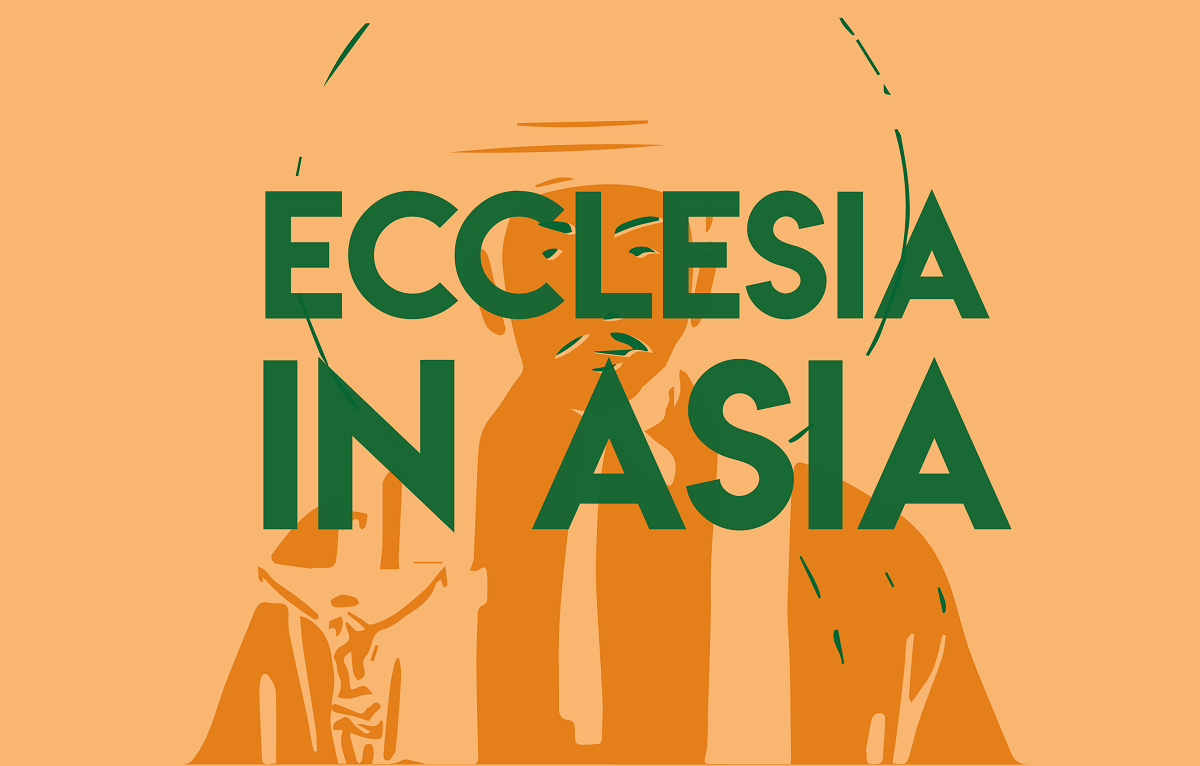The Holy See and Vietnam at a turning point that comes from afar
Archbishop Gallagher’s meetings in Hanoi brought to the fore the unique relationship between Vietnam’s Catholicism and the country’s rulers, a topic revisited a few weeks ago in Paris in an interesting conference by Prof Claire Tran at the headquarters of the MÉP. It all started with the “instructions” given by Pope Alexander VII in 1659 to the first apostolic vicar Pierre Lambert de la Motte.
Paris (AsiaNews) – The visit to Vietnam by the Vatican Secretary for Relations with States, Archbishop Richard Gallagher, which ends today, has been a moment of great joy for the country’s Catholic community. It also opened a new chapter in a long and singular relationship between the Holy See and the country’s rulers.
An interesting conference on this topic was held a few weeks ago in Paris at the headquarters of the Missions Etrangères de Paris (MÉP). Claire Tran, Associate Professor at Paris Cité University where she teaches History of Southeast Asia, spoke about Religions and Powers in Vietnam: The Case of Catholics (19th-20th Centuries), based on research she did at the Vatican Apostolic Archives.
Prof Tran underlined the strong Catholic presence in the Southeast Asian country. Thanks to its large Catholic community, Vietnam is quite unique if compared to neighbouring Laos, Thailand, and Cambodia. At seven million, Vietnamese Catholics represent the fifth-largest Catholic community in Asia (preceded only by the unique case of the Philippines as well as more populous countries like India, China, and Indonesia).
How can we explain Catholicism’s strong presence in Vietnam? One reason is the complex relationship that developed over time between the country's Catholic minority and the authorities.
In the scholar's opinion, that relationship is currently going through a promising period thanks to three factors: a national Church well versed in dialogue with the communist state, a very active and innovative Vatican diplomacy underpinning this dialogue, and Vietnam’s own diplomatic efforts in favour of greater openness in religious matters to support a more open economy.
In this sense, the early years of the Catholic presence in Southeast Asia region were quite interesting. Prof Tran cited a 1659 letter from Pope Alexander VII to the first apostolic vicar of what was then Cochinchina, Fr Pierre Lambert de la Motte, a MÉP missionary.
The missive shows not only that the pontiff urged respect for the country’s traditions, but also for those who ruled it.
"To the people," he wrote, "preach obedience to their prince; pray to God with all your heart for their prosperity and salvation. Absolutely refuse to sow the seeds of any Spanish, French, Turkish, Persian, or other party. Do not use any argument to convince these peoples to change their lives and their culture, unless it is clearly contrary to religion and morals; do not introduce our ideas among them, but [our] faith.”
This does not mean that relations with local authorities were easy. From the start, the missionaries came up opposition since they refused to promote the cult of the emperor and ancestor worship.
The authorities’ gaze on Catholics constantly wavered from an interest in a mediating presence to repression of a potential danger.
To complicate matters, starting in the 19th century, France – who justified its colonial presence to save the missionaries from a hostile regime – and then the powers involved in the Cold War, who, to legitimise the fight against communism and the defence of the free world, looked to Western foreign missionaries as a Western Trojan horse to enter the empire.
This resulted in martyrdom for the Church in Vietnam with as many 300,000 Catholics killed for their faith. About 117 martyrs have been beatified, including bishops, priests, seminarians, catechists, and lay people: 96 Vietnamese, 11 Spanish and 10 French, including eight MÉP missionaries.
But, as early as 1919, after the First World War, the Vatican welcomed the first six Vietnamese seminarians sent to Rome for training with the aim of establishing a native Church that was not simply seen as an adjunct of Western powers.
Soon enough the first bishop was appointed at a time when the Vietnamese did not have access to the highest positions in the country's political system.
The very presence of an apostolic delegate from 1924 onwards went in this same direction, even if this journey ended tragically in 1975 with the expulsion by the communist government at the end of the war.
Now, the relationship has been revived with the arrival in Hanoi last December of Archbishop Marek Zalewski as the Papal Resident Representative in Vietnam, a process made possible precisely by the vitality of the Vietnamese Church.
For Prof Train, it is no coincidence that in his letter to Vietnamese Catholics in July 2023, Pope Francis insisted on two points: the social role of the Church, which must participate in all sectors of the country's life, and the commitment for Vietnamese Catholics to be good Christians and good citizens.
ECCLESIA IN ASIA IS THE ASIANEWS NEWSLETTER DEDICATED TO CHRISTIAN COMMUNITIES IN ASIA. TO RECEIVE A WEEKLY UPDATE EVERY SUNDAY, CLICK HERE.







.png)










